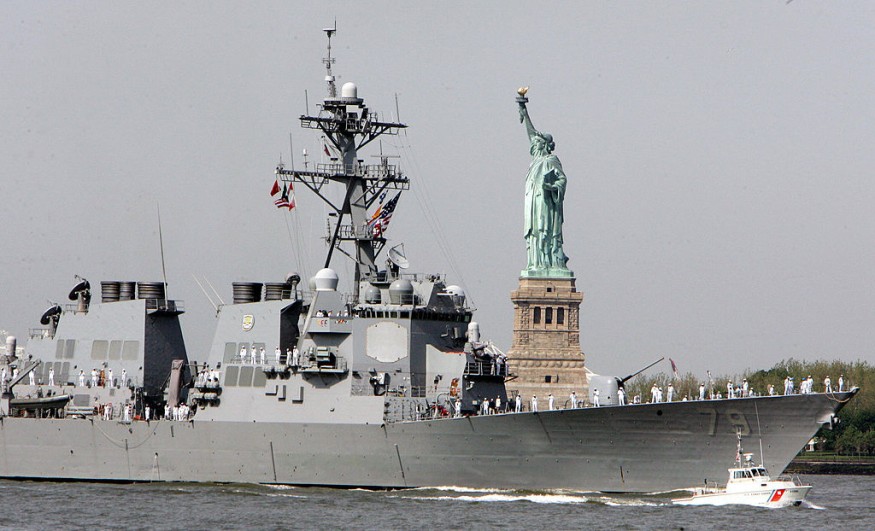
Experts said that human-made and natural factors are to be blamed on the sinking of some cities in the United States.
They warned that cities along the Atlantic coast - including New York, Boston, and Miami - are sinking into the ground. This sinking of land, which is termed as subsidence, has been happening faster than in previous years.
Increase Of Subsidence Rates
Coastal communities are vulnerable to multihazards, which are exacerbated by land subsidence.
When it comes to the US east coast, the high density of population and assets amplifies the region's exposure to coastal hazards.
Researchers have utilized measurements of vertical land motion rates obtained from analysis of radar datasets to evaluate the subsidence-hazard exposure to population, assets, and infrastructure systems or facilities along the US east coast.
''We showed that 2,000 to 74,000 km2 land area, 1.2 to 14 million people, 476,000 to 6.3 million properties, and >50% of infrastructures in major cities such as New York, Baltimore, and Norfolk are exposed to subsidence rates between 1 and 2 mm per year,'' experts noted.
On the other hand, the analysis indicated a notable trend which stated that as subsidence rates increase, the extent of area exposed to these hazards correspondingly decreases.
The analysis has far-reaching implications for community and infrastructure resilience planning, emphasizing the need for a targeted approach in transitioning from reactive to proactive hazard mitigation strategies in the era of climate change.
Scientists said that on the East Coast of the United States, the high density of population and infrastructure networks, coupled with land subsidence hazard, has increased the exposure of the population, properties, and assets in the region.
The functionality, mobility, social comfort, and economic growth and development of society depend on civil infrastructure networks.
They said that aging stock, extreme weather events, and differential land subsidence negatively impact infrastructure networks' safety.
Uneven Sinking Of Land
Furthermore, the study explained that differential subsidence, the uneven sinking of the land, poses a significant hazard to urban infrastructure, including buildings, roads, and other infrastructure facilities.
The hazard associated with differential subsidence is due to angular distortion caused by strain changes between two adjacent points. This is commonly employed in geotechnical engineering to assess the severity of damage caused by subsidence/differential settlement.
According to experts, human activity is to blame for many of Earth's problems, but subsidence is also the result of natural activity caused by the last ice age that lasted from around 126,000 to 11,700 years ago.
The land that was under and around the ice during this period has been rising and falling in a process called glacial isostatic adjustment.
This is when the pressure and weight of the ice pushed down onto the Earth, forcing the land beyond the ice's perimeter upwards.
The 2021 American Society of Civil Engineers (ASCE) said that for airports, schools, roads, bridges, dams, and levees in the United States, these infrastructures were in "mediocre" or "poor" condition, with only railways in "good" condition.
A similar infrastructure assessment in 14 coastal states on the US east coast (Florida [FL] to Maine) indicated an overall "poor" condition.
The ASCE report also estimated that US$786 billion, US$125 billion, and US$45.2 billion are needed for the backlog of roads, bridges, and railways maintenance.
Experts said that the complacency toward maintenance in a high-hazard-prone coastal area increases the susceptibility of infrastructure to failure.
© 2025 NatureWorldNews.com All rights reserved. Do not reproduce without permission.





